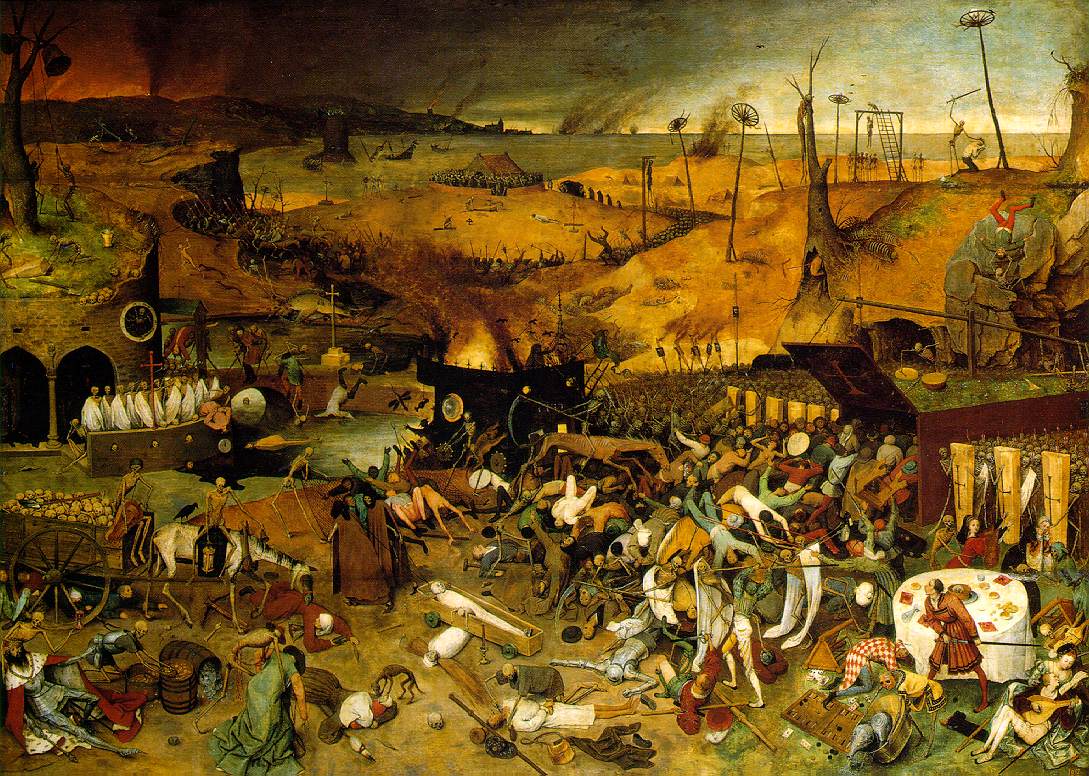Pieter Bruegel, Landscape with the Fall of Icarus, 1555-58
|
A fatal attraction is holding me fast,
Icarus, son of the craftsman Daedalus, could not keep his eyes from the circling skies. Tongue-tied and twisted, just an earth-bound misfit, Icarus lost all rationality when his father fashioned him a pair of wings out of feathers and wax. Daedalus warned Icarus not to fly too far from the ground, but, once he took flight and found himself above the planet on a wing and a prayer, Icarus’s excitement replaced his reason, and he lost track of his distance from Earth. When Icarus noticed the feathers loosening from the melting wax of his wings, he realized that he had flown too close to the sun and remembered all of the unheeded warnings as he plummeted back to Earth.
Like many of his other works, Pieter Bruegel’s Landscape with the Fall of Icarus has its subject in the background. Bruegel’s paintings are also distinguished by their incorporation of common folk, as exhibited by the worker in the foreground. While comical, the apparent insignificance of Icarus’s downfall symbolizes the lessened emphasis of such religious tales in an evolving society. Laborers replace religious figures, and the mix of secular and spiritual themes in painting characterize the Northern Renaissance.
Into the distance, a ribbon of black
Stretched to the point of no turning back.








